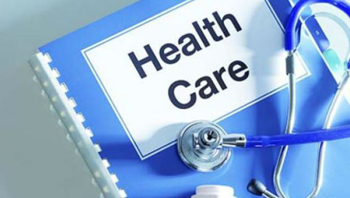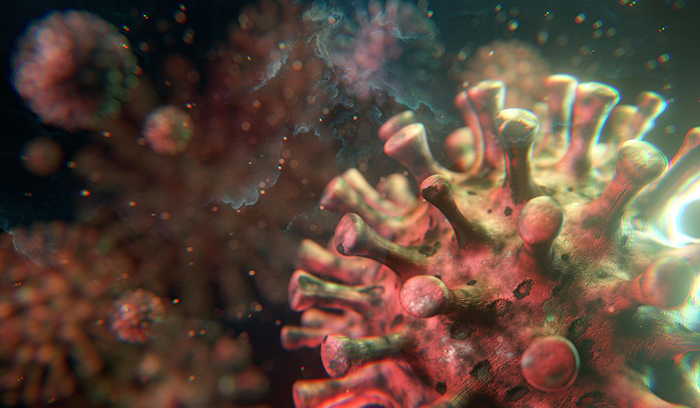Mar 17: Addressing the healthcare needs of the country, the government proposed National Health Policy 2017, which aims at providing affordable healthcare for all. The policy proposed free drugs, free diagnostics and free emergency care services in all public hospitals as part of financial protection at secondary and tertiary care levels. It hopes to achieve the highest level of good health and well-being through a preventive and promotive healthcare orientation in all developmental policies. It also targets universal access to good quality healthcare services at affordable costs. The policy was approved by all members of the Union Cabinet, and provides hope to all for quality healthcare without burning holes in the pocket.
 "This policy looks at problems and solutions holistically with private sector as strategic partner. It seeks to promote quality of care, focus is on emerging diseases and investment in promotive and preventive healthcare," said Health Minister J.P. Nadda in the Lok Sabha on Thursday.
"This policy looks at problems and solutions holistically with private sector as strategic partner. It seeks to promote quality of care, focus is on emerging diseases and investment in promotive and preventive healthcare," said Health Minister J.P. Nadda in the Lok Sabha on Thursday.
According to the Health Minister, the policy proposes raising public health expenditure to 2.5 per cent of the Gross Domestic Product in a time-bound manner. Stating that the policy is patient-centric and quality-driven, Nadda said: "The policy envisages strategic purchase of secondary and tertiary care services as a short-term measure to supplement and fill critical gaps in the health system."
"It envisages private sector collaboration for strategic purchasing, capacity building, skill development programmes, awareness generation, developing sustainable networks for community to strengthen mental health services, and disaster management. The policy also advocates financial and non-incentives for encouraging the private sector participation," he further added.
The policy recommends prioritising the role of the government in shaping health systems in all its dimensions. The proposed health policy was placed in public domain on December 30, 2014 for suggestions. Thereafter, following detailed consultations with the stakeholders and state governments, based on the suggestions received, the Draft National Health Policy was further fine-tuned.
It received the endorsement of the Central Council for Health & Family Welfare, the apex policy making body, in its Twelfth Conference held on February 27, 2016.
The last health policy was formulated in 2002. The socio economic and epidemiological changes since then necessitated the formulation of a New National Health Policy to address the current and emerging challenges.
The policy denotes important changes from very selective to comprehensive primary healthcare package which includes geriatric healthcare, palliative care and rehabilitative care services. It advocates allocating major proportion (upto two-thirds or more) of resources to primary care followed by secondary and tertiary care.
The broad principles of the policy are centred on Professionalism, Integrity and Ethics, Equity, Affordability, Universality, Patient Centred and Quality of Care, Accountability and pluralism.
Under the policy, there is a commitment to pre-emptive care to achieve optimum levels of child and adolescent health. The policy envisages school health programmes as a major focus area as also health and hygiene being made a part of the school curriculum.
The policy advocates extensive deployment of digital tools for improving the efficiency and outcome of the healthcare system and proposes establishment of National Digital Health Authority (NDHA) to regulate, develop and deploy digital health across the continuum of care.






Comments
Add new comment